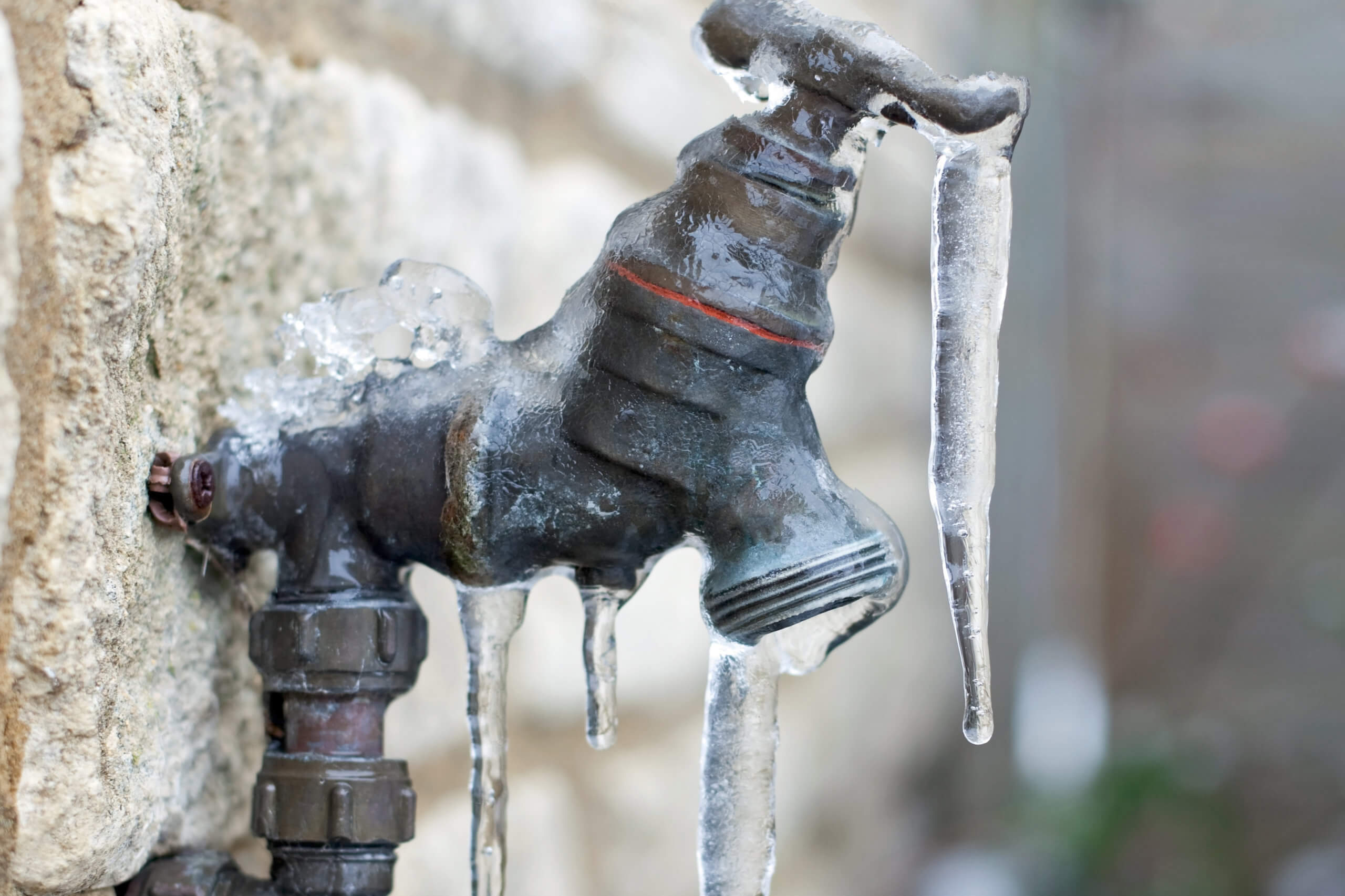Crucial Advice for Preventing Frozen Plumbing in Winter Conditions
Crucial Advice for Preventing Frozen Plumbing in Winter Conditions
Blog Article
What're your thoughts and feelings on Winter Plumbing Precautions: Preventing Frozen Pipes?

Winter can damage your plumbing, specifically by freezing pipelines. Right here's how to stop it from occurring and what to do if it does.
Introduction
As temperature levels drop, the threat of frozen pipelines increases, potentially causing pricey fixings and water damages. Understanding just how to prevent icy pipelines is critical for homeowners in cool environments.
Comprehending Icy Pipelines
What causes pipelines to freeze?
Pipelines ice up when subjected to temperature levels below 32 ° F (0 ° C) for expanded periods. As water inside the pipelines freezes, it increases, putting pressure on the pipeline wall surfaces and potentially triggering them to break.
Dangers and problems
Frozen pipes can bring about water disturbances, building damage, and expensive repair work. Ruptured pipes can flooding homes and create extensive structural damage.
Signs of Frozen Pipeline
Recognizing icy pipelines early can prevent them from bursting.
Exactly how to recognize icy pipelines
Seek reduced water circulation from faucets, unusual smells or sounds from pipelines, and noticeable frost on subjected pipelines.
Prevention Tips
Protecting at risk pipes
Cover pipelines in insulation sleeves or use warmth tape to protect them from freezing temperatures. Concentrate on pipelines in unheated or outside locations of the home.
Heating methods
Maintain indoor spaces appropriately heated, particularly locations with pipes. Open up cabinet doors to enable cozy air to circulate around pipes under sinks.
Protecting Outside Pipes
Garden hose pipes and outside taps
Separate and drain pipes garden hose pipes before winter season. Install frost-proof spigots or cover outdoor taps with shielded caps.
What to Do If Your Pipelines Freeze
Immediate actions to take
If you think frozen pipes, maintain faucets open up to ease stress as the ice melts. Make use of a hairdryer or towels soaked in hot water to thaw pipes slowly.
Long-Term Solutions
Structural modifications
Consider rerouting pipes far from exterior wall surfaces or unheated areas. Include additional insulation to attics, cellars, and crawl spaces.
Updating insulation
Buy high-quality insulation for pipes, attics, and walls. Proper insulation aids keep regular temperature levels and lowers the danger of icy pipes.
Conclusion
Avoiding frozen pipelines calls for positive actions and fast actions. By comprehending the causes, indicators, and safety nets, property owners can safeguard their pipes throughout cold weather.
5 Ways to Prevent Frozen Pipes
Drain Outdoor Faucets and Disconnect Hoses
First, close the shut-off valve that controls the flow of water in the pipe to your outdoor faucet. Then, head outside to disconnect and drain your hose and open the outdoor faucet to allow the water to completely drain out of the line. Turn off the faucet when done. Finally, head back to the shut-off valve and drain the remaining water inside the pipe into a bucket or container. Additionally, if you have a home irrigation system, you should consider hiring an expert to clear the system of water each year.
Insulate Pipes
One of the best and most cost-effective methods for preventing frozen water pipes is to wrap your pipes with insulation. This is especially important for areas in your home that aren’t exposed to heat, such as an attic. We suggest using foam sleeves, which can typically be found at your local hardware store.
Keep Heat Running at 65
Your pipes are located inside your walls, and the temperature there is much colder than the rest of the house. To prevent your pipes from freezing, The Insurance Information Institute suggests that you keep your home heated to at least 65 degrees, even when traveling. You may want to invest in smart devices that can keep an eye on the temperature in your home while you’re away.
Leave Water Dripping
Moving water — even a small trickle — can prevent ice from forming inside your pipes. When freezing temps are imminent, start a drip of water from all faucets that serve exposed pipes. Leaving a few faucets running will also help relieve pressure inside the pipes and help prevent a rupture if the water inside freezes.
Open Cupboard Doors
Warm your kitchen and bathroom pipes by opening cupboards and vanities. You should also leave your interior doors ajar to help warm air circulate evenly throughout your home.

I discovered that piece of writing on Preventing and dealing with frozen pipes while exploring the web. Sharing is good. You never know, you will be doing someone a favor. I love reading our article about Helpful Tips to Prevent Frozen Pipes this Winter.
Book Appointment Report this page